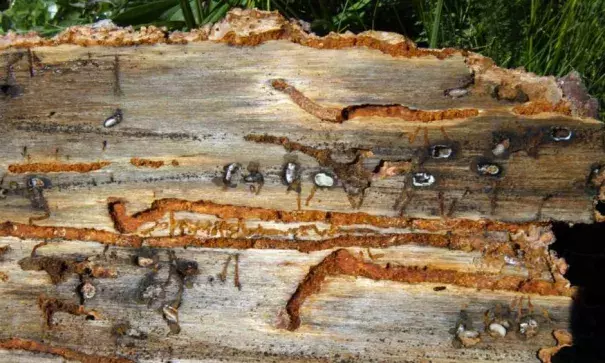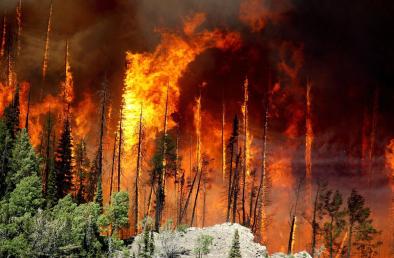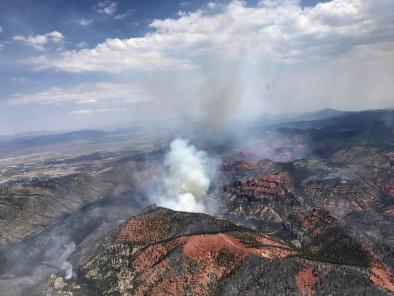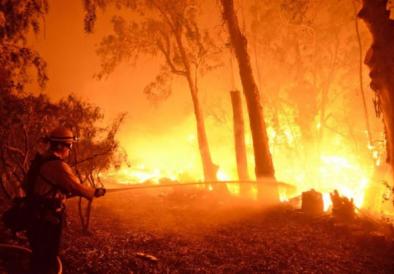Do beetle-killed trees make wildfires worse? Brian Head blaze may provide surprising answers

The wildfire threatening a southern Utah resort town this week raced through a forest that lost hundreds of thousands of spruce trees in a devastating bark-beetle outbreak.
While it remains unclear how much of a factor all that barren timber played in the Brian Head Fire, the area's glut of dead wood raises concerns about firefighter safety and how wildland blazes could behave in the 2 million acres of Utah forests that have turned gray from the phloem-munching beetles.
For now, officials believe the Dixie National Forest trees perished so long ago that they no longer increase the likelihood of a catastrophic fire. Instead, hot, dry winds whipped this week's flames.
"The fine needles and smaller fuel fibers [from those dead trees] have fallen on the ground or they are gone, so there isn't that flashy fuel. That reduces the intensity. It's like trying to light a giant log with nothing around it," Dixie spokeswoman Cigi Burton said. Most of these snags and logs are considered a "1,000-hour fuel," referring to the amount of time a piece of dead wood takes to respond to changes in moisture conditions.
"They are burning now," Burton said, "but they are not the reason the fire moved so quickly."
In Utah, the beetle epidemic — afflicting much of western North America — began in the early 1990s in Dixie's spruce-covered Markagunt Plateau and Cedar Mountain. These highlands east of Cedar City harbor enclaves of homes that narrowly averted destruction in the 2012 Shingle Fire.
But Utah's worst-hit, beetle-plagued forests are in the Uintas, where swaths of dead timber extend for miles off the popular Mirror Lake Highway.
Experts hope the Forest Service will use the Brian Head Fire to gather sorely needed data on how blazes behave in beetle-battered forests as they burn, instead of waiting until the flames die to record observations.
The potential effects of beetle-killed timber on fires are the subject of intense debate among forest ecologists. Conventional wisdom suggests that dead and dying trees elevate the risk, but a research review paints a more-complex picture. Findings point in different directions, with some scientists arguing that lifeless trees may reduce fire severity.
Related Content






